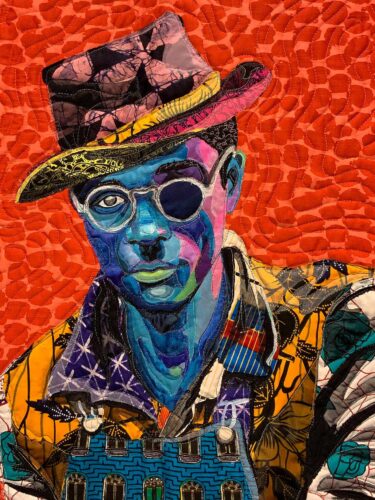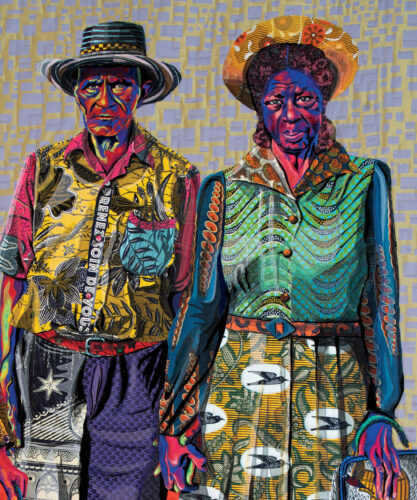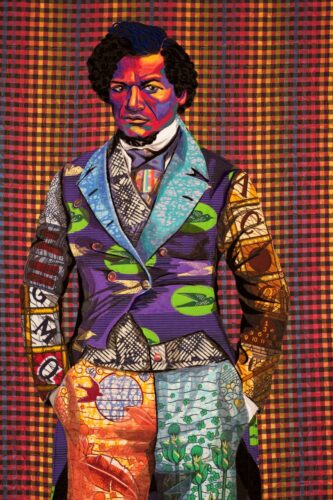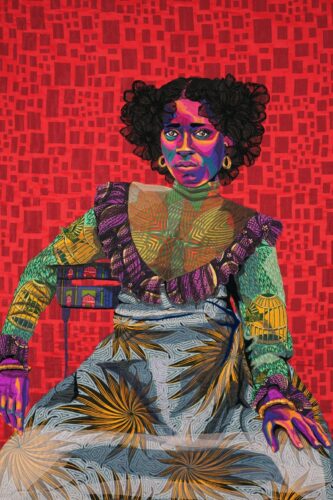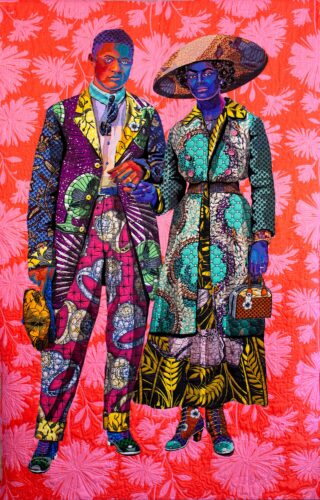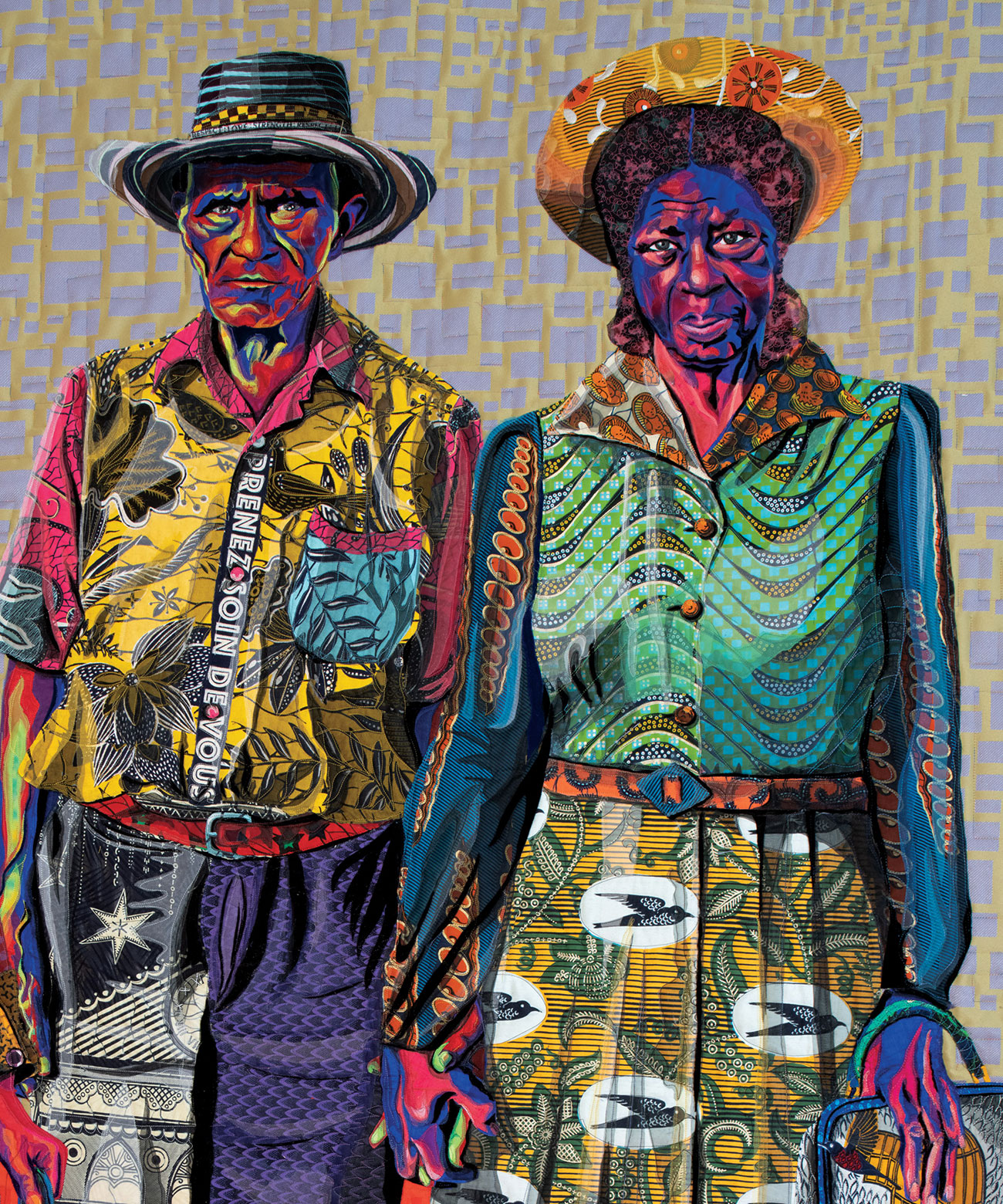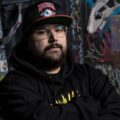Influenced by traditions of the African diaspora in the United States, fibre artist Bisa Butler turns historical photographs into vibrant quilted portraits. With a mother from New Orleans and a father from Ghana, Butler was immersed in the multifaceted layers of the Black experience from a young age. As seen in many African American households, Butler was taught by her grandmother and mother to quilt and sew. This is a tradition that dates back to slavery in the US. With little resources, enslaved people used scraps of cloth to create quilts in order to stay warm. This became a skill that would be passed down to generations and is now in the fabric of African American history. Butler’s art builds off of this tradition, adding several other creative elements that reflect the complexity of Black identity.
Butler brings the techniques of quilting into portraiture, using an art form that is historically associated with white European aristocracy to highlight Black narratives. Painted with rich-toned and patterned fabric, Butler’s portraits echo the aesthetics of the AfriCOBRA art movement. Intended to define a “Black aesthetic”, this American movement and collective strives to spotlight African roots in art, which is exactly what Butler’s work does. Her use of Kente cloths from Ghana, Batik fabrics from Nigeria, and an eye-catching Kool-aid colour scheme is at the core of the AfriCOBRA aesthetic.
The subjects of Butler’s portraits range from family members and historical figures, to unnamed brothers and sisters whose stories have been reduced to a photo in the National Archives database. By adorning them with the cloth of their ancestors, Butler aims to give her subjects an identity that has been lost. Her striking portraits are just as powerful as the messages they carry. Standing at over 3 metres tall, her work demands to be seen while the marginalized voices they uplift demand to be heard.
